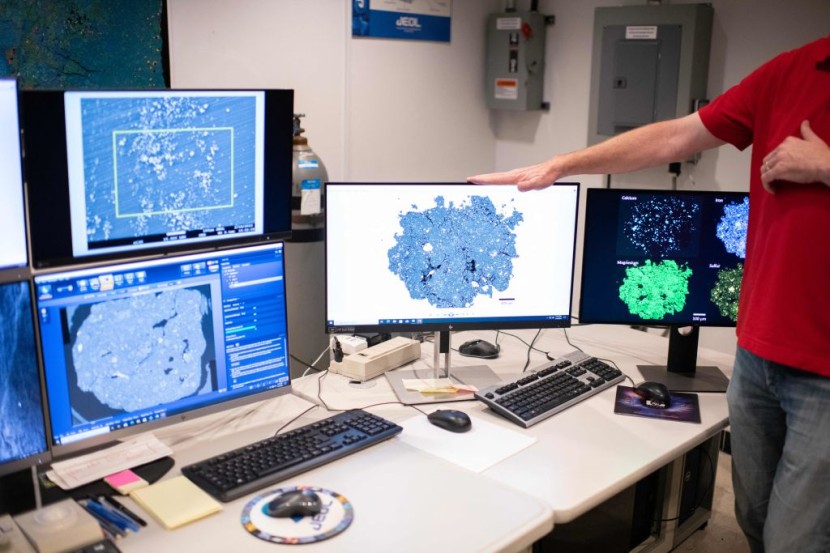
NASA's OSIRIS-REx spacecraft is set to deliver samples taken from a mysterious asteroid known as Bennu back to Earth for scientists to study.
The historic delivery comes after the spacecraft has spent seven years of its operation in deep space. OSIRIS-REx was first launched in 2016 to travel towards Bennu and in October 2020 successfully collected samples from the asteroid's surface.
NASA's OSIRIS-REx Spacecraft
The spacecraft is now scheduled to return on Sept. 24 to bring back the samples stored inside a special capsule and parachute, with a landing time expected at 10:00 a.m. EDT. It would land at the Department of Defense's Utah Test and Training Range which is located near Dugway, Utah.
When NASA's spacecraft arrived at the asteroid in 2018, it looked nothing like what mission planners were prepared to see. In a statement, Dante Lauretta, the mission's chief scientist, said that she really thought they might be in trouble.
Lauretta said that this was because the surface of the mysterious asteroid looked so different from how the OSIRIS-REx team thought it would look. They were forced to reprogram the spacecraft in order to land on Bennu's loose, gravely surface, as per Space.
Despite their efforts, Bennu still had more surprises for the spacecraft as it touched down to collect a sample from the surface. The asteroid's conditions nearly put an end to NASA's OSIRIS-REx.
In just one week before the landing of the OSIRIS-REx spacecraft, NASA's scientists are excited but also on tenterhooks. They are already preparing for the spacecraft's return to our planet. It would slam into Earth's atmosphere while being protected by its heat shield. OSIRIS-REx is estimated to reach speeds of up to 27,000 miles per hour before it deploys drogue and main parachutes to slow itself down to a more manageable 10 miles per hour.
The space agency's mission is ultimately a success in part due to Queen guitarist Brian May, who meticulously created 3D images of the rubble pile to help the mission leaders identify safe landing spots.
Read Also : James Webb Observes a Planet Located in a 'Habitable' Zone, Finds Evidence of Potential Life
Mysterious Asteroid Bennu
On Monday, chemical engineer Solveig Irvine of NASA's Marshall Space Flight Center in Huntsville talked about OSIRIS-REx's journey and what scientists hope to learn more about Bennu, according to Al.com.
Marshall is known as the program lead and managed the OSIRIS-REx mission for the space agency as an accountant, advocate, and monitor of the mission. Irvine said that the spacecraft picked up regolith, which is the surface rubble on the asteroid.
He noted that Bennu is a carbonaceous asteroid, which means that it is mostly made up of carbon. Irvine added that understanding the asteroid will help scientists understand the microbiology of the cosmic object, the chemistry that was here on our planet before there was life, and what chemistry goes on in space, the precursors of life.
The mission also prompted NASA to call upon the Vatican for assistance. The curator of the Vatican's meteorite collection, Brother Robert J. Macke was responsible for designing a custom device that would fit inside the glovebox where scientists will handle the sample that OSIRIS-REx will deliver, said Mashable.
Related Article: New NASA UFO Report to Be Released-What's in It?








